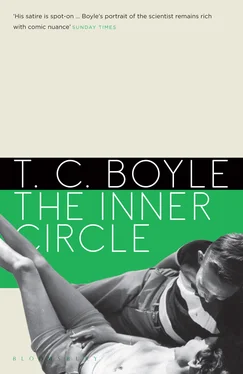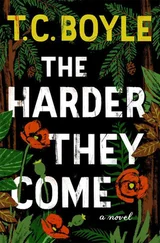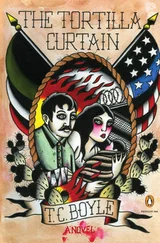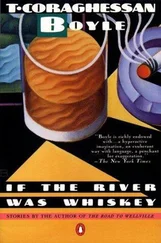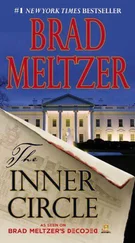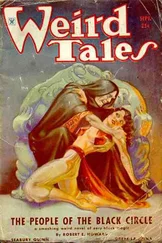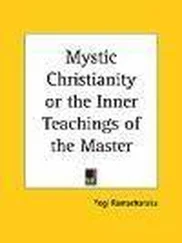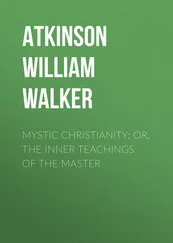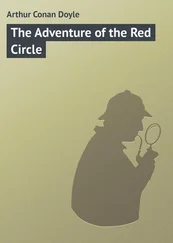Prok was called variously “an advocate for free love,” “a peddler of obscene literature and smut,” and a “deranged Nebuchadnezzar” whose agenda was to drag women down to the level of “the beasts of the jungle.” Old adversaries like Margaret Mead and Lawrence Kubie arose to denounce him, as well as new ones like the Reverend Billy Graham, Reinhold Niebuhr and Karl Menninger, the latter of whom had praised the male volume and now wounded Prok deeply and insupportably with his apostasy. The criticism? At first it was strictly on moral grounds, taking Prok to task for suggesting that all sexual outlets were equally unobjectionable and that frequency and numbers somehow legitimized certain behaviors, asserting instead that in fact such behaviors should make people feel guilty because guilt was essential to the establishment and preservation of basic morality, but then the scientific community weighed in to undermine our statistical analysis, and that was truly devastating.
Of course, Prok was shrewd enough to escape the initial furor — all of us, Mac, Corcoran, Rutledge, Aspinall and myself, piled onto the train on publication day and made a three-week excursion to the Pacific Coast, where we locked ourselves up with the inmates in San Quentin, as out of reach as anyone could ever hope to be. But then it was back to Bloomington, where the phone never stopped ringing, and Prok began his counterattack. If anything, he pushed himself even harder now, seeking justification, fighting for the very existence of the Institute, but the Rockefeller Foundation, feeling the heat, dropped our funding and even President Wells’s defense of academic freedom began to ring hollow in the face of assaults from outraged alumni, the Board of Trustees and the Indiana Provincial Council of Catholic Women. Prok slipped. He faltered. The more he drove himself, the greater the strain on his recalcitrant heart. He began to suffer a series of small strokes. His physicians recommended bed rest, but there was no keeping Prok in bed. Even his vacation, a trip to Europe with Mac designed to slow the pace and distract him from his work, proved exhausting, as he couldn’t help but stay out till all hours interviewing prostitutes and male hustlers in the streets of London, Copenhagen and Rome. Finally, inevitably, he gave out.
But I don’t want to remember him like that, I don’t want to remember the drawn and confused-looking shell of a man who began to convene daily meetings because he no longer had the focus and mental capacity for work, the imposter Prok who we all felt would throw off the mask at any moment and roar out, “Milk, Corcoran, Rutledge, you’re obfuscating the facts and delaying the project!” The dead Prok. The Prok in the casket that felt as if it were filled with rock, with lead, with hot lava, because no mere mortal could weigh anywhere near that much—
I don’t know what I’m going to do. I don’t even know if I’ll have a job come tomorrow. And I can’t drink another Zombie cocktail because they no longer have an effect on me, and this one before me is the last I’ll ever have, in honor of Prok, out of respect to him. Bourbon, I’ll drink bourbon, but not rum. Never again. Just the smell of it brings him back, Fifteen men on a dead man’s chest. But here I am, locked in my study, the recording tape moving through the sprockets and across the heads, a fleeting tan strip of magnetized tape imprinted with the thinnest layer of everything I’ve ever felt in my life. It’s hot. Blistering. Not a breath of air. Iris is in the living room, in her black dress, drinking iced tea and leafing through a magazine, and John Jr., released from the onus of mourning, is out in the yard — or the neighbor’s yard — playing ball or running through the sprinkler with his playmates. If I concentrate, I can hear their shouts and cries carrying out over the lawn.
But Prok. This is how I remember him, how I want to remember him:
I see Corcoran and me pulling up to the curb outside Wylie Hall, a winter’s day, five or six years ago. We are in Corcoran’s Cadillac and both of us are exhausted after the long drive out from New York City on roads slick with ice and fraught with potholes and a hundred other hazards. We’ve driven straight through, relieving each other at the wheel, and my stomach is queasy from too many cups of coffee and the blue-plate special at some anonymous diner in a town I’ve already forgotten. What we’re carrying is precious cargo — a group of outsized clay models left to the Institute by the late Robert Latou Dickinson, along with his library, the histories he’d taken, his sex diaries and erotica collection. The models are of human genitalia, depicted in the act of coitus, in a scale of roughly five to one, so that the phallus is nearly a yard long and the clay vagina meant to receive it proportional in every way. In all, we’ve transported seven of these models, and given their various angles and excrescences, it was no mean feat to maneuver them into the trunk and backseat of the car on the frigid streets of New York while a not-inconsiderable crowd of kibitzers looked on, and now, exhausted, we are faced with the task of removing them safely from the car and hustling them down the steps of the building, through the corridor and into the library without attracting undue attention.
We’ve had Prok’s advice, by both letter and telephone — his very exacting advice as to routes, padding to protect the models, the ideal speed we should maintain, how much rest we should need and where we should stop for meals, et cetera — and we can both hear his voice in our heads as we throw open the door and begin fumbling with the first of the models, the one with the fragile outsized phallus. It is windy. A cold rain has begun to fall. One misstep and the model is forever destroyed. I want only to be done with this, to be home with Iris and my son, sitting by the fire with a glass of bourbon and something warm and wholesome in my stomach, and my attention has wandered. I’m bushed. I tug in one direction, Corcoran in the other.
Then I hear Prok behind me. “I’m sorry, Milk,” he says, “but I can see that you don’t know the first thing about unloading an automobile. Here,” he says, “let me,” and I feel him take the load from me as if it had never been there at all.
This is a work of fiction, and all characters and situations have been invented, with the exception of the historical figures of Alfred C. Kinsey and his wife, Clara Bracken (McMillen) Kinsey. I am indebted to Dr. Kinsey’s biographers — Cornelia Christenson, Jonathan Gathorne-Hardy, James H. Jones and Wardell B. Pomeroy — for much of the factual material delineating the details of their lives. In addition, I would like to thank Jenny Bass and Shawn C. Wilson of the Kinsey Institute for their help and generosity.
T.C. Boyle’s novels include World’s End , winner of the PEN/Faulkner Award for Fiction, Riven Rock, A Friend of the Earth, Drop City (which was a finalist for the National Book Awards), The Women and When the Killing’s Done . His short story collections include After the Plague, Tooth and Claw and Wild Child , and his stories appear regularly in most major magazines, including the New Yorker, Esquire, Harper’s, Granta and the Paris Review. His work has been translated into twenty-five languages.
